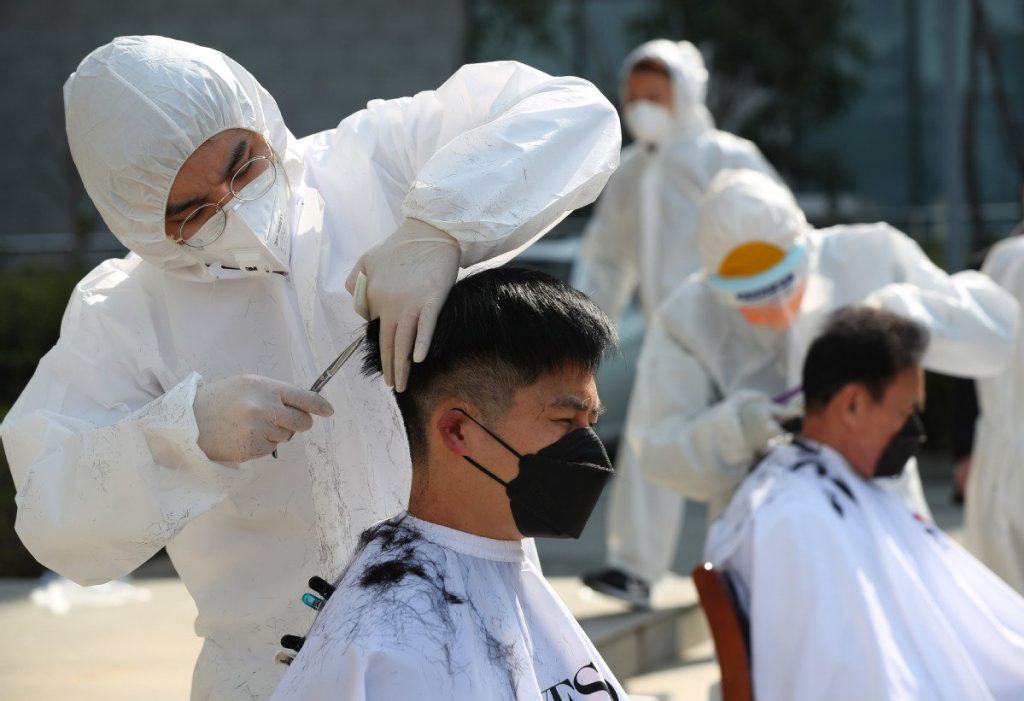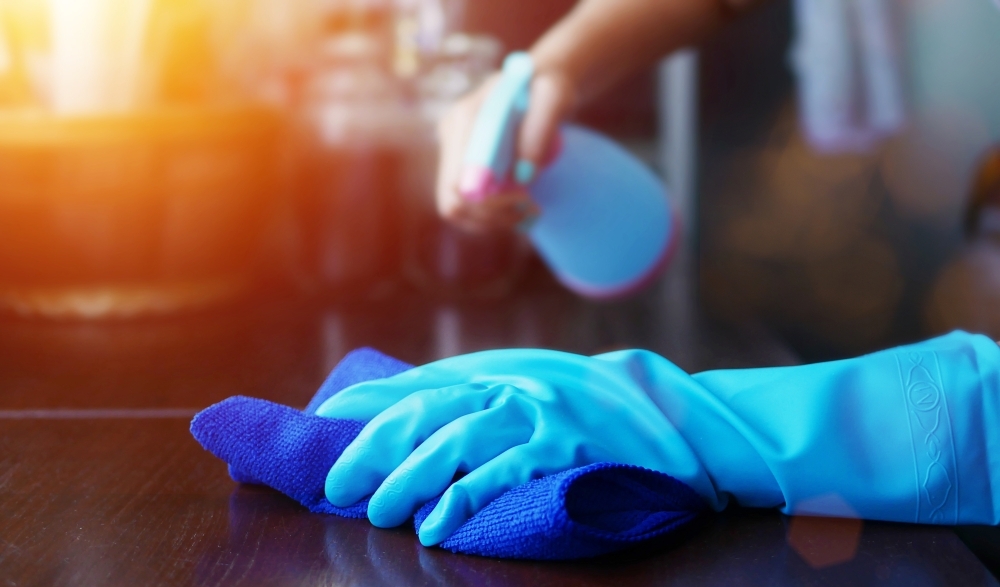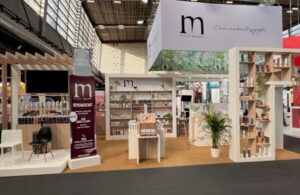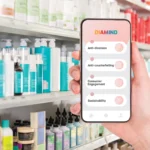As salons in many countries are planning to resume activities after the COVID-19 shutdown, the German authorities are the first to release the actual rules that each salon will have to follow. Are they enough to safeguard public health? How will the industry fare from a salon business perspective?
German Hair and Beauty salons are to re-open on May 4th, and the Germans, confirming their attention to discipline and organisational punctuality, have been the first in the world to provide a very thorough list of requirements in order to guarantee a “safe environment for the service”. Pending other countries following suit, we are publishing the regulations, we believe will be more or less the same in most countries.
Reading the numerous and overwhelming list of rules, hairdressers and customers should feel reassured and flock freely to the salons. But these rules, at the same time, create quite a few limitations to the normal practises that constitute the very core of the hairdressers’ daily routine e.g. how can they while wearing plastic gloves?
And on the financial side, another fundamental question arises: how can they make the business profitable with a drastically reduced number of daily services at the same time as incurring increased costs?
The Re-Opening Rules in Germany
MOUTH NOSE COVER & DISPOSABLE GLOVES: The hairdresser must provide mouth-nose covers for himself and his employees. Customers must also wear a mouth-and-nose cover. Salon owners must have a sufficient number of mouth-to-nose covers available for the employees, as they have to be changed after each customer service and when they are soaked. The same applies to disposable gloves, which employees must also change after each person they serve. Face shields can provide additional protection. (Editor’s note: As it reads, face shields are no substitute for mouth and nose protection.)
BEING HEALTHY: Employees and customers – with symptoms of an infection of the respiratory tract (unless the cold has been clarified by the doctor) or fever should generally not be in the hairdressing salon. The salon owner has to establish a procedure to clarify suspected cases (e.g. fever; see RKI recommendations), for example as part of infection contingency plans.
WORKPLACE: In order to be able to maintain a distance of at least 1.5 meters from the hairdressing workplace, the number of hairdressing jobs must be adjusted. The distance of at least 1.5 meters must be maintained in all directions around each work station. Adequate freedom of movement must be considered. Only the respective customer and the responsible employee may approach each other for the duration of the hairdressing activities.
MARKINGS AND BARRIERS: The individual movement areas should be made clear by markings and / or barriers. Waiting areas and play corners are to be closed.
CASH AREA: In the till area, a protective shield should be placed between the customer and the till. Contactless payment is preferred. The simultaneous operation of several customers by one employee is only possible if the protective measures are strictly followed: – Use cleaned / unused work materials per customer – Maintain a protective distance of 1.5 meters – Personal hygiene / hand disinfection / change of disposable protective gloves and mouth Note the nose cover.
SANITARY AND RELAX AREAS: For hand cleaning, hand disinfectants, skin-friendly liquid soap and disposable towels are to be provided. Adequate cleaning and hygiene must be provided, possibly with adjusted cleaning intervals. This applies especially to sanitary facilities and common rooms. To avoid infections, contact points should be reduced and door handles and handrails should be cleaned regularly. Sufficient space must also be ensured in break rooms, for example by ensuring that tables and chairs are not too close together and that employees do not take a break together in small rooms.
VENTILATION: Salons, including break rooms and sanitary rooms, must be adequately ventilated – even in bad weather. This reduces the risk of infection, as it may reduce airborne droplets in the air.
MOBILE HAIRDRESSER: The necessary hygiene and protective measures for home visits or mobile hairdressing services for employees and customers apply in accordance with the requirements for the salons. Before the home visit, it must be checked and ensured whether compliance with these is possible in the customer’s private environment.
AFTER ENTERING THE SALON: Customers should wash or disinfect their hands after entering the salon.
NO DRY HAIR CUTS: Every customer needs to wash their hair.
HAND HYGIENE & PROTECTION: Employees are required to wear disposable gloves – from welcoming customers to washing their hair. After each customer contact, the hands must be disinfected or washed. Due to the high skin stress caused by the increased wear of liquid-tight protective gloves and intensive hand disinfection and washing, special attention must be paid to skin protection and skin care. Hand disinfection is preferable to hand washing because it is gentler on the skin. The hand disinfectant must be at least “limited” viricidal.
Services close to the face such as eyebrow and eyelash coloring, shaving and beard care are currently not permitted.
F&B: All drinks etc. has to be avoided. Magazines may not be made available either.
DON’T HAIR DRY BY YOURSELF: Customers are not allowed to blow dry their hair at the moment in order to keep contacts with devices as low as possible.
HAIRDRESSER CHAIR AND SHELVES: After each customer treatment, contact surfaces such as chair and shelves must be wiped with a grease-dissolving household cleaner. Cut hair should be carefully removed, not with a hair dryer, with brushes or the like.
MEETINGS AND TRAINING: Meetings or employee training should be reduced to the bare minimum or postponed. Alternatively, technical solutions such as telephone or video conferences should be used as far as possible. If face-to-face events are absolutely necessary, there must be sufficient distance between the participants.
WORK TOOLS: combs, brushes, curlers and the like may only be used on the washed head of customers. Multiple use without intermediate cleaning for several people is to be excluded. After every customer, all materials are to be cleaned with a grease-dissolving household cleaner. As before, devices should be cleaned and disinfected immediately at the end of the shift and if there is visible contamination with blood.
WORKING HOURS AND BREAKS: The occupancy density of work areas and shared facilities is to be equalized in terms of time – for example, by shifting working hours and breaks or shift work. With shift plans, care should be taken to divide the same people as possible into common shifts. At the beginning and end of working hours, suitable organizational measures should be taken to avoid that several employees come together closely – for example, when recording time, in changing rooms, washrooms and showers, etc.
HAIRDRESSING CAPES AND WORKWEAR: It cannot currently be ruled out that corona viruses will be passed on through clothing. That is why disposable hairdressing capes made of fabric or plastic must be kept available for customers. They will be disposed of and replaced at the end of treatment. The disposable capes must completely cover the customer’s body and possible contact points with the hairdresser. Laundry must remain in the salon at the end of the working day, washed in the salon washing machine at least 60 ° C with a full detergent and then dried completely. Even private outerwear for work should remain in the salon at the end of work and be washed and dried in the salon washing machine as described above.
CRAFTSMEN & COURIERS: Access by customers or other third parties, for example handicraft, courier and delivery services, should only take place after prior telephone / digital appointment making and queries regarding possible Covid 19 symptoms and contact with the sick.
NO WAITING HOURS: Waiting times should be avoided in the salon. The number of customers must be based on the size of the salon and the local conditions. If the minimum distance cannot be maintained due to the local conditions, the number of people served at the same time must be reduced.
WRITTEN DOCUMENTATION: Customer contact data and the time of entering / leaving the salon are to be documented with their consent, if possible. The customer must be informed about the measures that currently apply in the salon to protect against infection from SARS-CoV-2 (wear mouth-nose covers, hand hygiene, compliance with cough-sneeze etiquette etc.).
EMPLOYEE TRAINING: Employees are to be instructed about prevention and occupational safety measures in the salon and for customer contact. The special situation of trainees, pregnant and lactating women, the elderly and people with chronic illnesses, which can lead to an increased risk of severe courses of a Covid-19, should be given special consideration. The salon manager must explain the protective measures and rules of conduct and provide understandable information, including signs, notices, floor markings, etc. This allows the employees to pass them on to the clientele. The salon management works to ensure that employees and customers comply with personal and organizational hygiene rules: distance requirements, cough and sneeze labels, hand hygiene….












